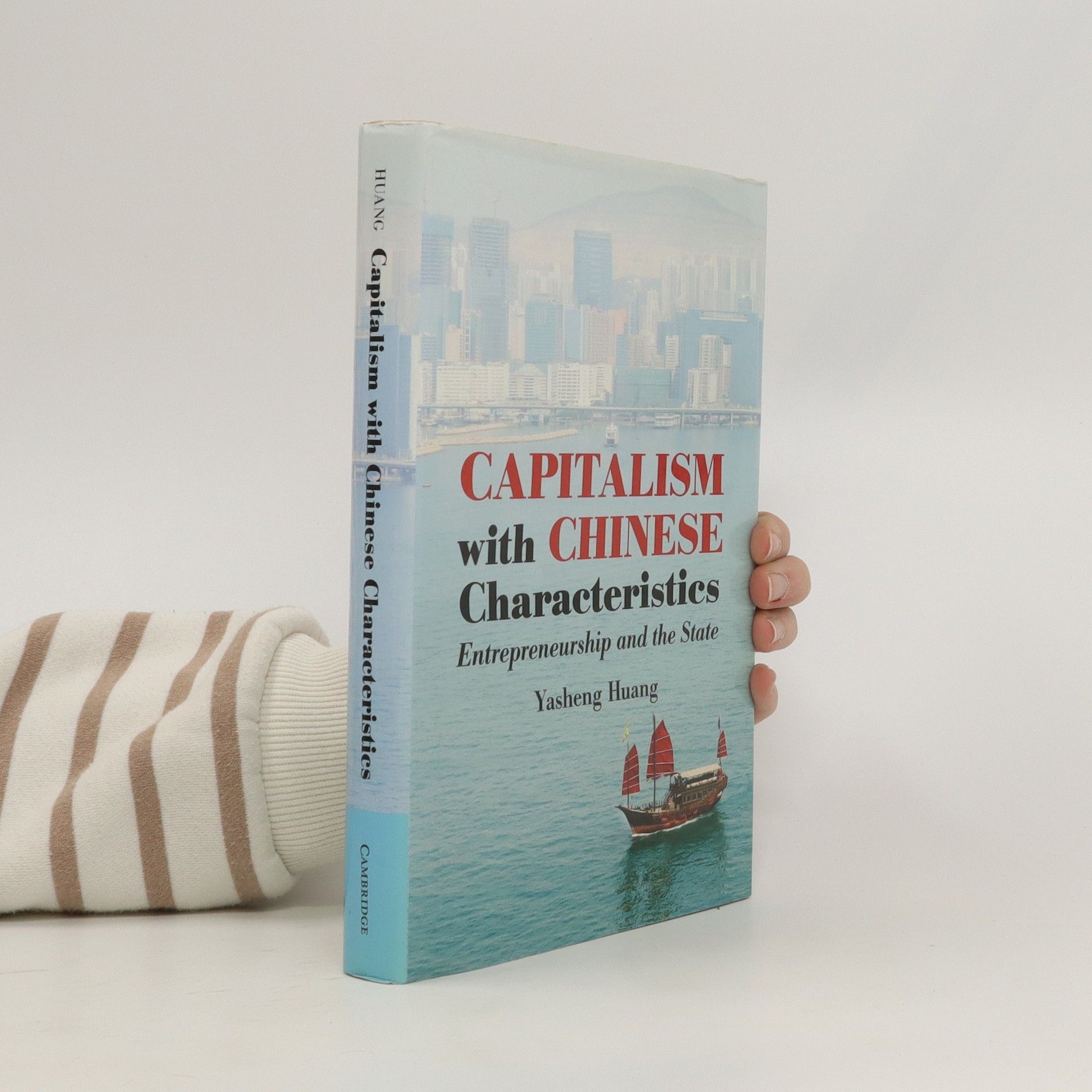Zmierzch Wschodu
- 520 pages
- 19 hours of reading
W jaki sposób Chiny zbudowały i od wieków utrzymują swoją potęgę oraz dlaczego teraz grozi im upadek i porażka w wyścigu z Zachodem Chińskie społeczeństwo od czasów starożytnych jest kształtowane przez model EAST (egzaminy, autokrację, stabilność i technikę). Od funkcjonującego od 587 roku egzaminu do służby cywilnej, znanego jako keju, po system zarządzania kadrami Komunistycznej Partii Chin (KPCh) – kolejne chińskie autokratyczne władze rozwinęły wyjątkowe narzędzia służące homogenizacji idei, norm i praktyk. Jednak to ujednolicenie ma ogromną wadę – tłumi kreatywność i ostatecznie może doprowadzić do upadku współczesnych Chin. Yasheng Huang pokazuje drogę od dynamizmu do skrajnej stagnacji, którą przeszły Chiny po wprowadzeniu egzaminów keju. Okresy największej prosperity, takie jak za czasów dynastii Tang (618–907) czy pod rządami reformatorskiej KPCh, następowały wtedy, gdy wielkość i siła biurokracji (skala) były równoważone zróżnicowaniem idei (zakresem). Doceniając niezwykły sukces Chin w ostatnim półwieczu, autor dostrzega zagrożenia, jakie mogą pojawić się w konsekwencji odejścia od reform politycznych i gospodarczych pod rządami obecnego przywódcy Chin Xi Jinpinga. KPCh ponownie przedkłada konformizm nad nowe idee, powracając do modelu keju, który ostatecznie doprowadził do upadku chińskiej potęgi. Duży naród jest zarówno błogosławieństwem, jak i przekleństwem. Czy chińscy przywódcy potraktują poważnie lekcję płynącą z historii Państwa Środka? Czy uda im się ocalić prawdziwe źródło swojej prosperity? Chiny nie raz nas zaskakiwały i z pewnością zrobią to ponownie. Era Xi Jinpinga ponownie stawia przed nami wiele z tych pytań, na których odpowiedzi uważaliśmy za oczywiste.

